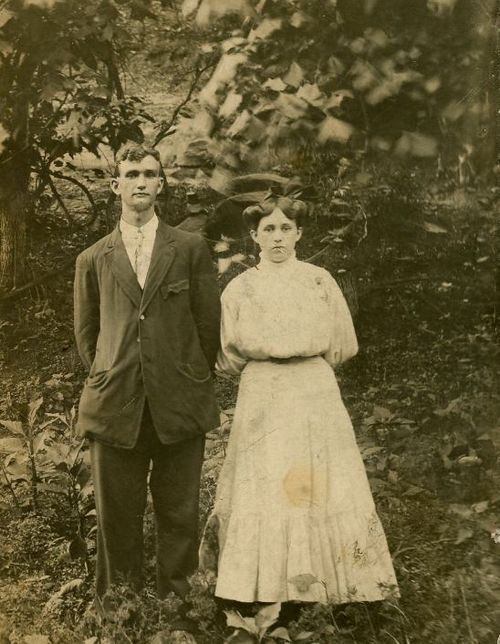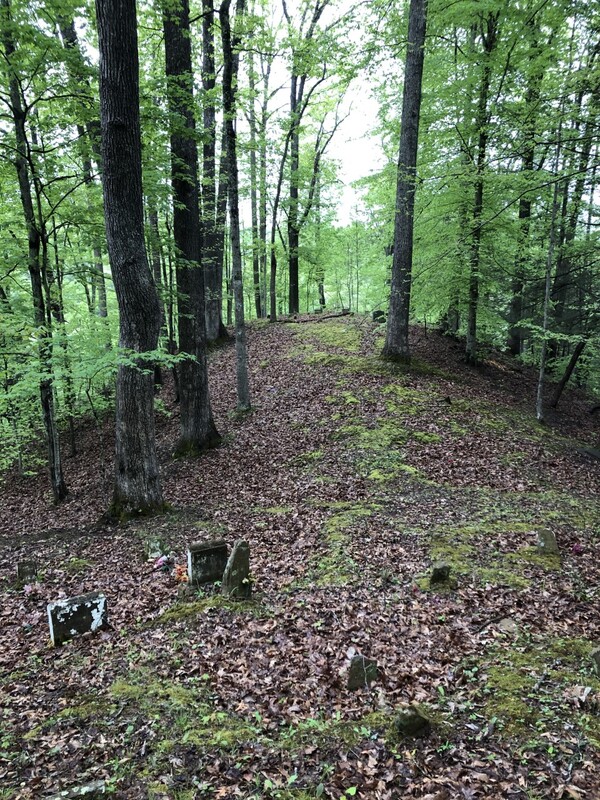G.C. Gartin
When the folklorist George Korson traveled to southern West Virginia in 1940 to meet coal miners and record the coalmining and union songs they sang, he found Gartin (known to him as G.C. Gartin) on Buffalo Creek in Braeholm, Logan County, working as a coal miner as he had done at least since 1930, after leaving his family farm at Harts in Lincoln County.
On the day of Korson’s visit, Gartin sang “The Hard Working Miner,” a hymn-like song in the southern gospel tradition, as Angus K. Gillespie observed in his biography of Korson. At the age of fifty-two, Mr. Gartin sang in a powerful and musical voice, and he told Korson that the song dated back at least thirty years. At that time, he was the President of UMWA Local 5850.
It is impossible to say where Mr. Gartin learned this song, which is also known as “Only a Miner.” It was widely known across America by men working in coal, copper, silver, and gold mines, and apparently singers had been familiar with it at least as far back as 1888. It was popularized even more widely beginning in 1928, when a string of commercial recordings began to appear. But not all of these versions exhibit the hymn-like quality of Mr. Gartin’s.
Grover Cleveland Gartin was born on 17 May 1888 in Harts, Lincoln County, to a farming family. In 1910 he was working on his parents’ farm, and in 1917 he listed his occupation as “minister” on his WWI draft card. In 1920, he was farming with his brother, but by 1930 he was married and working as a timberman in a mine at Braeholm in Logan County. He was still there when Korson heard him sing in 1940 and on his 1942 draft card he indicated that he was working for the Amherst Coal Company there.
Mr. Gartin died at Logan General Hospital on 21 November 1953 at the age of 65, and he is buried at the Gartin Cemetery in Ranger, Lincoln County, West Virginia.
—Gloria Goodwin Raheja, February 2021
Sources:
- G.C. Garson’s “The Hard Working Miner” may be heard on The Library of Congress Archive of Folk Culture album Songs and Ballads of the Bituminous Miners. This album is comprised entirely of field recordings made by Korson.
- Gillespie, Angus K. Folklorist of the Coal Fields: George Korson’s Life and Work. The Pennsylvania State University Press, 1980.
- Green, Archie. Liner notes to the Folkways album Tipple, Loom & Rail: Songs of the Industrialization of the South, Sung and Played by Mike Seeger. 1966.
- Green, Archie. Only a Miner: Studies in Recorded Coal Mining Music. University of Illinois Press, 1972.
- Korson, George. Coal Dust on the Fiddle: Songs and Stories of the Bituminous Miners. University of Pennsylvania Press, 1943.
A trip to Grover's Grave at Ranger
On May 5, 2021, Brandon Ray Kirk led me to the Gartin Cemetery at Ranger. The cemetery sits in a quiet spot in the woods, and a good distance from any homes. Following an old logging road up the hollow behind the site where the Gartin home once stood, we initially walked past the cut that led down the hillside to a little spur of a ridge on which the cemetery is situated. We eventually wound back around, retraced out steps a bit, and found the correct path. There was some uncertainty about Grover's being buried in this spot, as the owner of the land on which the cemetery sits thought he was buried in Hamlin. Alas, we found Grover's small headstone--nothing like field checking the information! As I didn't haul my banjo or fiddle out to this location, Brandon took a video of a video made at the site of the old Gartin homestead, where Jewell Pack's home now sits. I was playing a banjo tune for Jewell, and we thought it would a good offering for Grover--it will have to suffice until I can learn his songs and make the trek back there to sing one over his grave.


